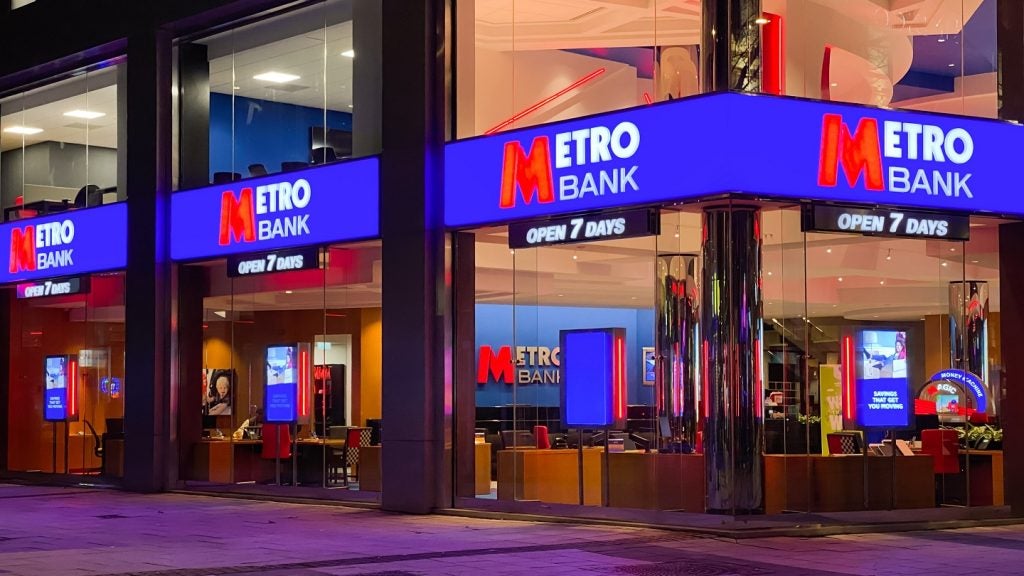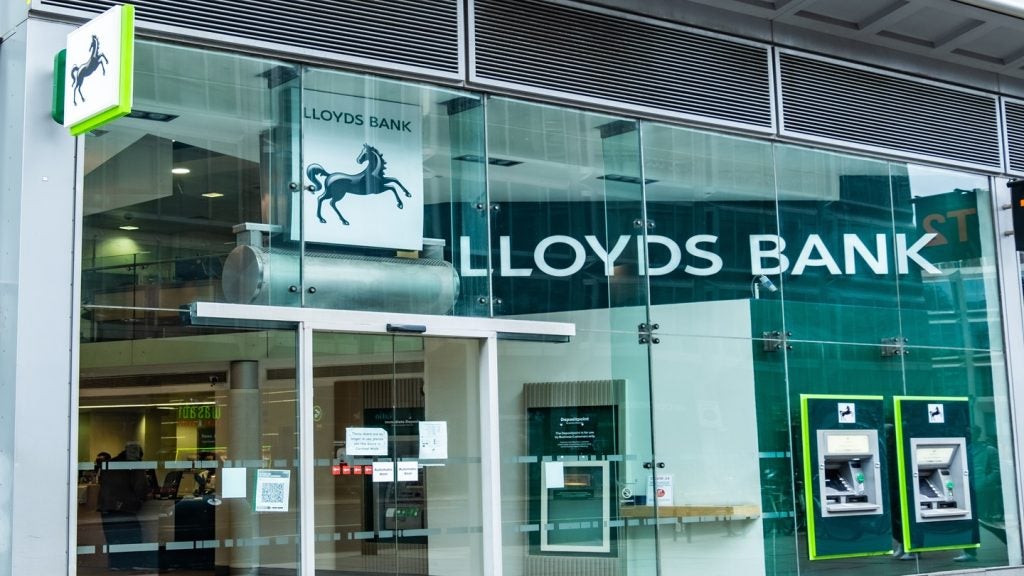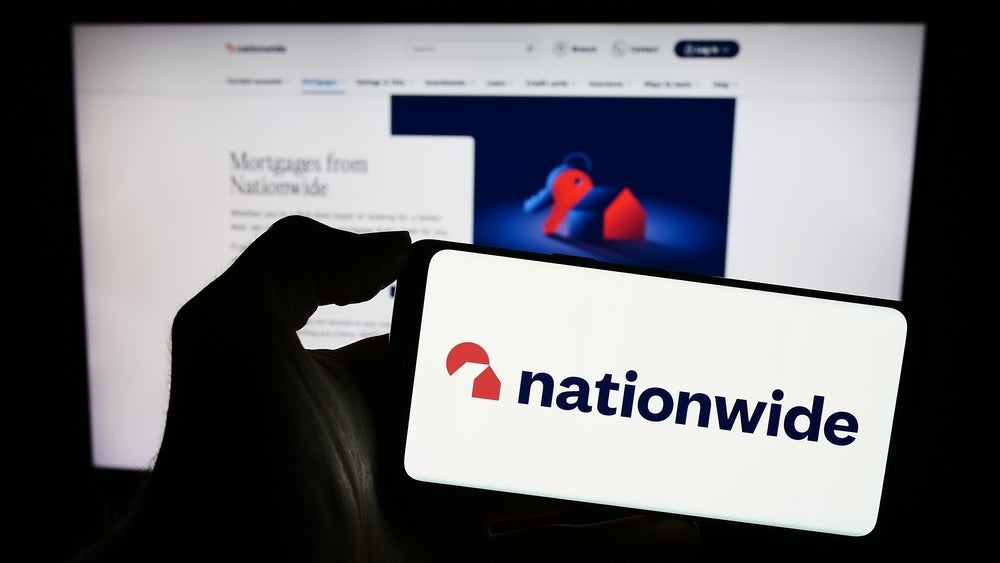Brazil’s largest bank is making sure
it remains the market leader by catering for the growing number of
underbanked Brazilians entering the mainstream retail banking
market. It is increasing the number of agencies that offer its
services in an effort to reach all parts of the country.
Rodrigo Amaral
reports
As Brazil grows richer, Banco do Brasil (BB), the country’s largest
banking group, is restructuring its retail banking operations with
view to meet the banking demands of the millions of Brazilians
coming out of poverty and into the mainstream banking system.
BB’s strategy relies heavily on a growing
number of banking ‘correspondents’ and agencies throughout the
country that help it bank Brazil’s consumer markets at lower costs.
An agreement signed earlier this year with a smaller bank, for
instance, increased BB’s number of banking correspondents by 70
percent.
While the eagerness to target the low income
clients once ignored by the wider banking industry has now been
grasped by more than one bank in Brazil, the trend has also been
observed in other parts of the Brazilian economy, namely in retail,
property and insurance markets.
A study released by Fundação Getúlio Vargas
(FGV), a São Paulo-based business school, at the end of September
said that between 2003 and 2008, the number of Brazilians
classified as ‘poor’ fell by 43 percent – which means that 29.4
million people have moved into Brazil’s middle classes.
And for all the progress achieved in recent
years, the market continues to grow. According to FGV, 19.4 million
people still have to live off less than BRL768 ($427) a month.
How well do you really know your competitors?
Access the most comprehensive Company Profiles on the market, powered by GlobalData. Save hours of research. Gain competitive edge.

Thank you!
Your download email will arrive shortly
Not ready to buy yet? Download a free sample
We are confident about the unique quality of our Company Profiles. However, we want you to make the most beneficial decision for your business, so we offer a free sample that you can download by submitting the below form
By GlobalDataFor government-controlled BB, catering for
this emerging customer base is also about maintaining its lead in
the Brazilian retail banking market. Albani da Silva Mendonça, a
retail executive at the bank in Brasilia, notes that around half of
BB’s 26 million clients belong to the group that is internally
called “emerging markets”.
“More than getting new clients, we are
focusing on providing a more thorough service to the client base we
already have,” she told RBI.
BB’s main retail business has not historically
focused on the bottom of the income pyramid, a segment that has
traditionally presented very low levels of bancarisation. But in
2003, BB set up Banco Popular do Brasil (BPB), a specific unit
dedicated to the provision of microcredit to low income
clients.
As this group began to have more money in
their pockets and to consume a higher number of products and
services, BB decided to integrate BPB with its core retail business
and adopt a single strategy.
Expanding the definition
BB has also narrowed the definition
of low income clients in order to better focus on the segment. It
used to work with a threshold of earnings of up to BRL2,000 a
month, but this has now been brought down to BRL1,000.
In terms of expanding its network of banking
‘correspondents’ around the country, BB hopes that by enabling
bakeries, corner shops and drugstores to provide a number of
banking services, it will reach clients in areas where setting up a
branch is not a viable proposition. These areas include not only
remote regions like the Amazon but also areas such as the sprawling
slums of São Paulo or Rio de Janeiro, where few banks are keen to
tread.
BPB has worked with banking correspondents
since its inception as it has no branches under its own brand.
Earlier this year, BB signed an agreement with Banco Lemon, another
low income-focused entity, to absorb its network of 6,500
correspondents into BPB’s and BB’s 8,500 agencies. The plan is to
work under the same management structure in order to unify products
and cut costs.
All shapes and sizes
From small one-man shops to mammoth
retailers like supermarket chain Pão de Açúcar, correspondents and
other agencies come in all shapes and sizes. In some, clients can
perform limited banking activities, like pay money into accounts;
others provide a wide range of services including loans and
insurance. Most correspondents are linked online with Banco do
Brasil via Visane, a card network, even in some of the most distant
parts of the country.
“It is a well-known fact that companies don’t
know how to talk to this audience,” Mendonça stated.
“Correspondents make banking more accessible
to lower income clients. Having a correspondent nearby, for
instance, means that a client won’t have to spend money in a bus
ticket to get to his branch… There are towns in inner Brazil where
you can’t find a single banking branch.”
To succeed in the lower income market, she
adds, it is necessary to learn from companies that have
successfully captured business from the low income segment: the
likes of Casas Bahia, for instance, a big retail chain that has
been earning good money by serving the lower mass market.
The use of correspondents also helps to reduce
costs, a key priority when it comes to serving clients who do not
generate large amounts of interest or fee income or who are not
attuned to valuable investment products.
“Banking for lower income clients means giving
out loans,” stressed Mendonça. “We don’t make a lot of money with
each client, but we can gain economies of scale.”
|
Country snapshot: |
|||||||
|
Brazil – breakdown of consumer |
|||||||
|
2004 |
2005 |
2006 |
2007 |
2008 |
H109 |
% change, 2008 vs H109 |
|
|
Direct consumer credit |
49.4 |
70.7 |
88.7 |
101 |
128 |
145 |
11.8 |
|
Payroll loans |
17.2 |
31.7 |
48.1 |
64.7 |
78.9 |
90.6 |
12.9 |
|
Vehicle loans |
38.1 |
50.7 |
63.5 |
81.5 |
82.4 |
83.4 |
1.2 |
|
Credit cards |
8.21 |
11.3 |
13.4 |
17.2 |
22.1 |
25.4 |
13 |
|
Overdrafts |
9.8 |
11.3 |
11.8 |
13 |
16 |
17.9 |
10.6 |
|
Others |
33.1 |
47.1 |
60.6 |
40.3 |
66.9 |
71.9 |
6.95 |
|
Total |
138.6 |
190.7 |
238 |
317.8 |
394.3 |
434.2 |
9.19 |
|
Source: Brazilian Central Bank |
|||||||







